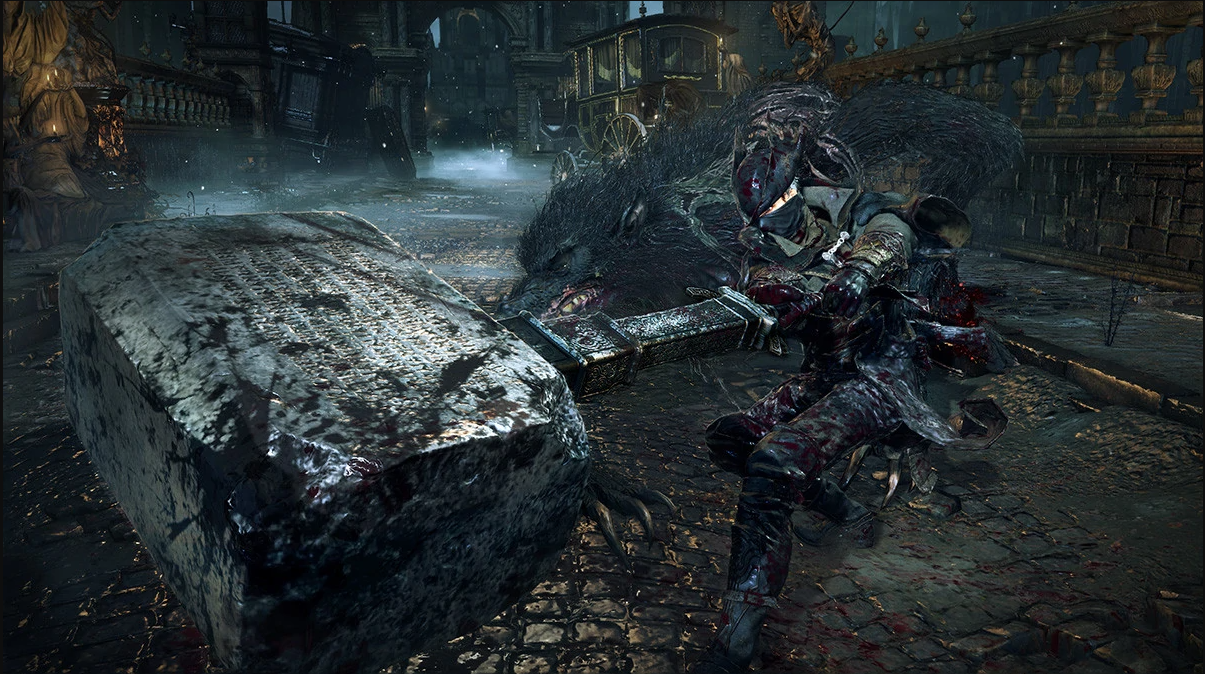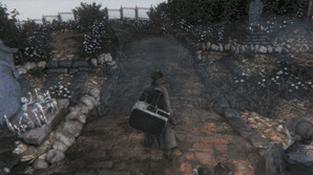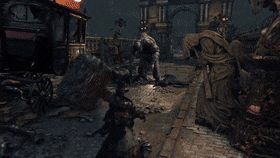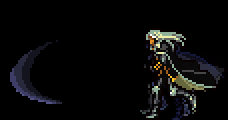An ode to the Kirkhammer, and other transformative video game weapons
When all you have is a hammer, everything looks like a nail.
I have unfinished business with Bloodborne.
Despite platinuming the game seven years ago, I never came back for the expansion, The Old Hunters. Trust me, I am fully aware of how tremendous a screw-up that is. I have heard Ludwig’s theme and, despite my fervent Nobuo Uematsu standom, it’s probably one of the five best video game compositions ever made.
I have yearned to smoke the Orphan of Kos, widely considered one of the toughest From Software bosses to date.
I’ve ogled enough (tasteful) fanart of Lady Maria of the Astral Clocktower to sketch her from memory.
And yet
Do you think they just gave out free Kirkhammers at Yharnam youth outreach events?
None of those things is what brought me back to Bloodborne after all these years.
After nearly a decade of being poisoned by every Sony State of Play event, every Twitter rumor and every fake PS5 Bloodborne product listing, I came back for one thing–the Kirkhammer.
"A trick weapon typically used by Healing Church hunters. On the one side, an easily handled silver sword. On the other, a giant obtuse stone weapon, characterized by a blunt strike and extreme force of impact. The Church takes a heavy-handed, merciless stance toward the plague of beasts, an irony not lost upon the wielders of this most symbolic weapon."
Whoever conceived of this should be paid one-hundred-quadrillion dollars.
Every once in a while, a weapon crosses your path that fundamentally transforms how an entire game plays and feels.
And while Bloodborne is chock-full of cool trick weapons that transform in an instant from, say, a scimitar into a bow, none of them is as devastatingly cool as a human-sized, tombstone-shaped deliverer of justice. Did I mention that the hilt is a detachable sword?
You thought I was joking about Whac-a-Mole. I was not.
Bloodborne remains an outlier among the From Software canon. Despite the overwhelming hostility and oppressiveness of Yharnam and its surrounding locales, it is always clear that you are the hunter, and never the hunted.
The Kirkhammer reinforces this ideology more than every other trick weapon because it turns Bloodborne into the world’s most violent game of Whac-a-Mole.
This paradigm shift changes everything, from the player’s tendency toward aggressive solutions to the very geometry of the world around you. Corridors become bowling lanes, and enemies become pins.
The Kirkhammer is a shining example of a novel idea’s transformative power, but it’s far from the only one.
The Spread Gun (Contra)
The original power-up is still maybe the best.
This uncircumsized piss in the cold was my first real taste of godhood as a child. Contra was, and remains, hard as hell, and the spread gun was a merciful reprieve from an endless wave of bullets. It is an omnidirectional f#*%-you that is so instrumental to my enjoyment of Contra that it’s a wonder why they ever let you fire a weapon that isn’t the spread gun.
Crissaegrim (Castlevania: Symphony of the Night)
If Alucard had this in the Netflix adaptation, there never would’ve been a second, third or fourth season.
In every single Symphony of the Night run, I beeline for the inverted library and murder 1,500 Schmoos (they have it coming) until one of them drops the fabled “Blessed Wind,” a sword that lives up to its namesake. Named after a mountain range in Lord of the Rings lore, the Crissaegrim is an impossibly fast sword that reduces anything standing remotely close to Alucard into ribbons. Instantly.
Alucard has places to go and negligent fathers to kill.
What fundamentally makes the Crissaegrim a problem, in addition to the fact that one button press equals 78 swings, is that Alucard doesn’t even have to stop moving to swing it. You can literally blindfold yourself and run from one corner of Dracula’s castle to the other, all while hammering on the square button and you’d be unharmed on the other side.
There are hundreds of weapons tucked away within the confines of Dracula’s home that are at Alucard’s disposal: flaming buffalo stars, jeweled knuckles, bombs, spears, hammers, axes, katanas, whips(!), and more, but the Crissaegrim has no equal.
Cerebral Bore (Turok 2: Seeds of Evil)
As aptly-named a gun as one was likely to find in 1998
As much as I enjoyed the heyday of the Nintendo 64, I almost never think about the Turok series. Conversely, I think about the Cerebral Bore all the time.
I feel like the weapon’s name is pretty descriptive, but I’ll explain anyway; the Cerebral Bore fires a slow-moving, homing projectile that latches onto the head of your intended target, drills into their skulls and explodes. Seeing this as a nine-year-old probably altered my brain chemistry in ways that I have yet to reconcile, but I secretly, desperately wanted to meet the person who came up with that gun. I still do.
It is a very strange weapon, even when you discard the premise of a Native man armed with sci-fi weaponry fighting aliens on a distant, dinosaur-infested planet. Even the most mediocre first-person shooter franchises can make an indelible mark in video game history.











